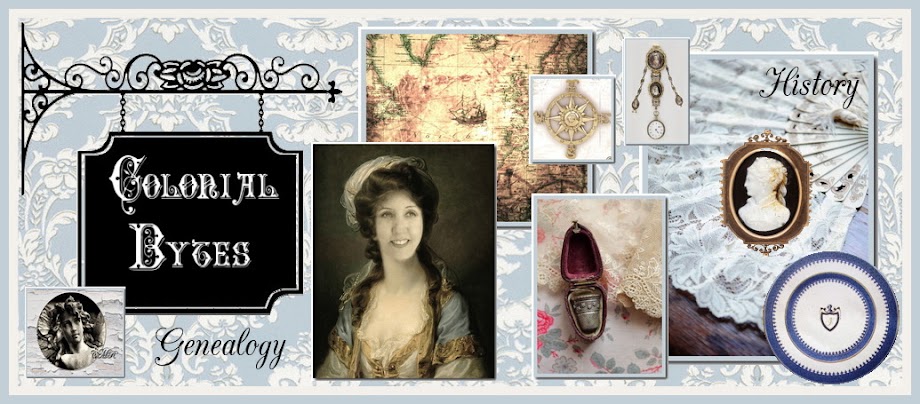I have been taken by genealogist who spend hours, if not days traveling from cemetery to cemetery recording the grave markers of famous people they are researching or for family members. Several member of my family do most of this kind of work. Until recently, I pretty much left it up to them. Then I spent some time on a tour in old Riverside Cemetery in Denver. There were grave markers that went back to the early days of Denver's history. Symbolism was absolutely everywhere, so I decided to learn more.
 |
| Eternal Life - Butterfly and Flowers - Eternal Life |
It didn't take long before I was hooked. My next trip was to another of Denver's oldest cemeteries, Fairmont. My Father is buried there and most of the time I only go out to pay my respects to him.
My husband happened to be with me this time. We walked the cemetery and could not get over the great detail that went into most of the graves. Tiny little things came up, like the use of lambs or angels for the graves of small children. It was then that I realized that quite a bit could be gleamed about a person by their grave marker.
 |
Indicative of a great loss - broken branch of family
and so close to the trunk. |
This one above stuck out in my mind as I am also a Day. I remember when my Grandfather died back in the late 70's. It felt just like this grave marker indicates. A beautiful soul had died and the branch of family was broken as well. My Grandfather was the root of our family and the marker seemed to portray that as well. The broken branch is near the trunk.
 |
| Shows a journey to the other side. |
This grave marker is full of symbolism. It shows the journey one makes from this life to that place where many of us feel our loved ones go. Life is a journey and perhaps these people felt their loved one was continuing the journey on.
In taking hundreds of pictures of both Riverside and Fairmont Cemeteries now, I have come to appreciate the beautiful artwork that is so carefully placed on grave headstones. Looking towards the part of the cemetery where the markers were set down into the ground, I feel at loss for the people buried there. Although still hallowed ground, the messages are often not included on such a small marker. It feels somehow empty with only the name, DOB and DOB on these graves.
I encourage you to walk your local cemetery some day and spend some time reflecting on the distinct messages each of the older graves have incorporated. It gives one a sense of appreciation for people you never knew.
Here is a link to some common grave symbolism. Take the link and remember them the next time you are in a cemetery.
Grave Marker Guide








